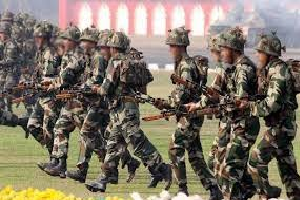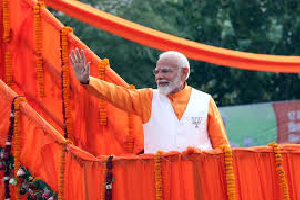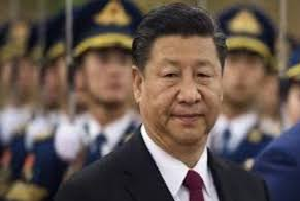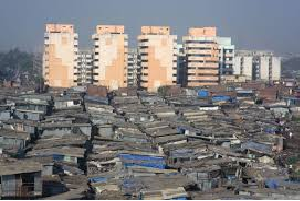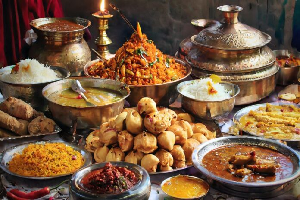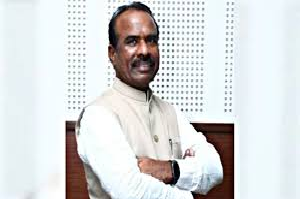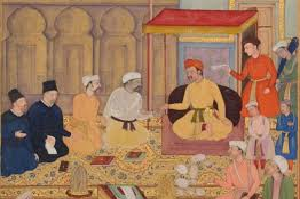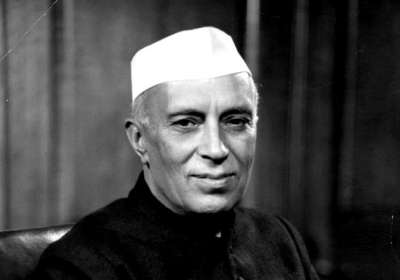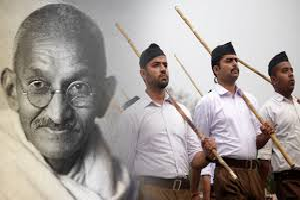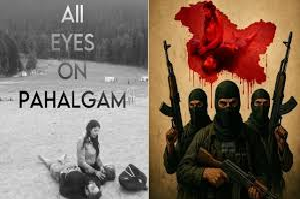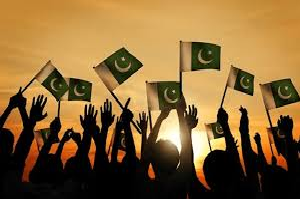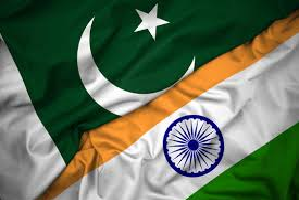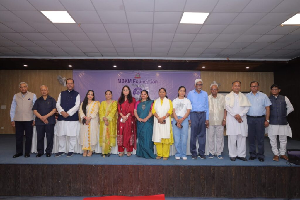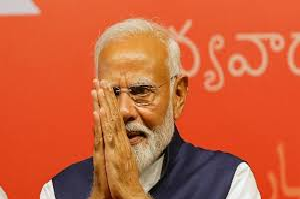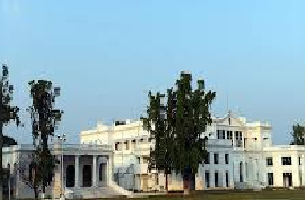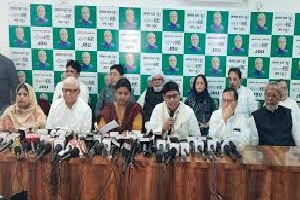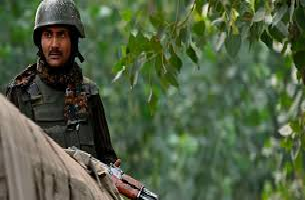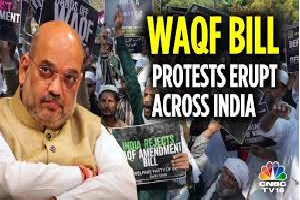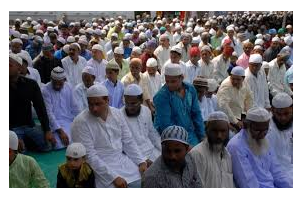24

Today's Edition
New Delhi, 24 November 2023
GDP SURGES TO $ 212 bn
Shivaji Sarkar
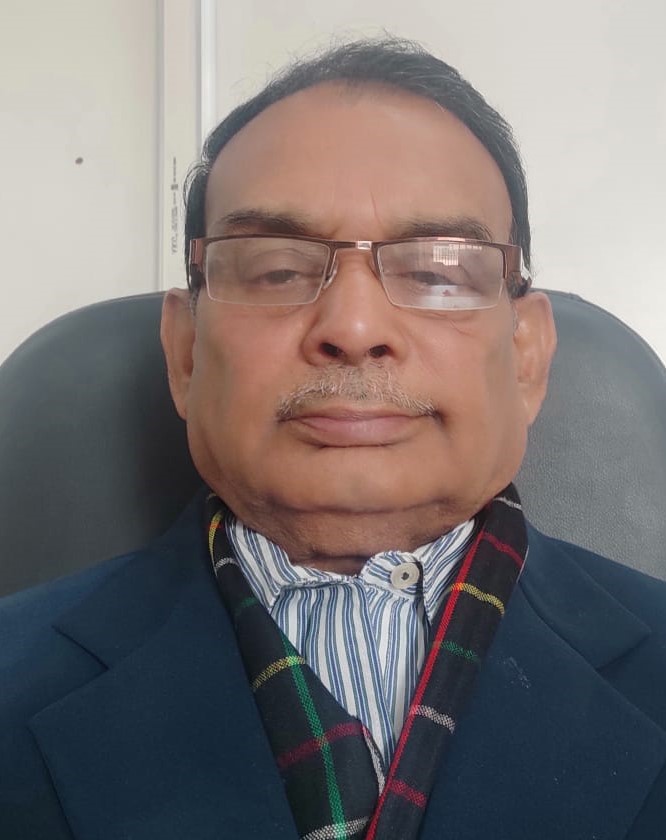
Is West Bengal on a trajectory of growth? Is it belying allegations of a laggard state? May be. Ranked sixth on the national development index West Bengal is surprisingly having investments in all its global summits during the past few years. It has claimed to have implemented $ 121 billion of $ 190 billion promised in different meets.
The state has one of the finest growth rates at 8.41 percent and is continuing to contribute to India’s $ 3 trillion economy with its GDP touching $ 212 billion or Rs 17.5 lakh crore and per capita GDP of Rs 1.41 lakh.
The last six investment meets surprisingly have added to a different dimension. Called Bengal Global Business Summits, these got the state bonanza. This is contrary to a general belief that Bengal no more attracts the business community.
Foreign direct investment (FDI) inflows are at $ 53,356 million between March and June 2023. During 2020-23 the total FDI inflow was $ 155.784 million.
It was over a century ago that social reformer and politician Gopal Krishna Gokhale said, “What Bengal thinks today, India thinks tomorrow”. Somewhere after the Partition amid myriad political developments Bengal lost the edge with problems of central funding to flight of capital due to a bloodied history.
The change of central rule to BJP witnessed an intense clash of egos to violent blows between the supporters of BJP and TMC. Has it not thawed Bengal?
Possibly not. In June, the panchayat elections witnessed severe violence, seizure of 20,000 licensed weapons, loss of at least 50 lives, many from TMC and a spectacular victory for the TMC. Inexplicable! Even the opposition is violent.
True. According to the Armed Conflict Location and Event Data Project, an NGO based in the US, the state recorded 3,338 incidents of political violence, including political murders, between 2016 and July 2023, the highest number of any state except militancy-riven Jammu and Kashmir. This is despite the fact that it is much lower than in the vast and lawless nearby states of Bihar and UP.
The political violence has not stopped Bengal from going ahead. Before independence and till mid 1960s it was leading the industrial development. A little over a decade back Trinamool Congress of Mamata Banerjee rode to power with the opposition of CPM inviting the Tatas to set up Nano car plant at Singur, over farmland. Many consider that to be a loss and others a step forward to free it from the communists.
It has not thawed the growth of Bengal though political foes say it is slow. May be. But one grace that Bengal has, unlike many other states, its middle and small units (MSMEs) are still thriving. The state is home to 90 lakh MSME units employing 1.3 crore people. It also has a large leather manufacturing complex. It is being expanded to be the biggest in Asia apart from a vibrant IT hub.
Kolkata, rather the erstwhile international Calcutta, remains one of the fastest growing real estate hubs. It is considered the most liveable cities with the lowest cost of living and a vibrant culture and cuisine. Its eating hubs and restaurants are big draws.
The increase in Gross State Domestic Product (GSDP) is almost four times, revenue grew almost four times, the total budget has increased about 3.8 times, and capital expenditure has grown nine times, says chief minister Mamata Banerjee at a global meet.
State tax collection has doubled in four years, while spending on infrastructure has tripled and deficits are down, he says. The statistics show that per capita income grew nearly 13 percent in real terms last year in West Bengal, compared with an all-India increase of 6 percent.
The total state's tax revenue as per the budget estimates for 2023-24 is slated to increase by 12.69 per cent to Rs 88,595.54 crore from Rs 79,5000 crore in estimates for 2022-23, according to a PRS analysis. A decade back, in 2013, it was Rs 41000 crore.
Banerjee cancels letter of intent for Tajpur deep sea port to a leading industrialist group, the Adanis. Banerjee says it would be given to some new bidder.
Many others offer to invest in the state. Reliance Industries chairman Mukesh Ambani has decided to invest Rs 20,000 crore in three years. The company has already invested Rs 45,000 crore. The new investments are in telecom, bio-energy and retail. The Reliance Foundation has taken up a project to renovate the Kalighat Temple as well. It has taken over the hold of its trust.
Many others like the JK organisation decide to return to Bengal, says Harsh Pati Singhania, vice-chairman and managing director, J K Paper. They are setting up a dairy project. The J K organisation was returning to West Bengal, he said, while announcing new dairy project in Kharagpur.
West Bengal, Banerjee says, faltered because of the difficult conditions in the 1960s and 1970s. “But now there is resurgence. Investments are flowing in, industrial upsurge is there”.
Apart from a slew of domestic companies 35 countries joined the BGBS this year. Of these 17 countries have been chosen as partner countries, including the UK, Australia, Germany, Japan, France, South Korea, Malaysia, Bangladesh, Nepal, Bhutan, Luxembourg, Netherlands, Poland, Republic, Kenya, Rwanda and Fiji.
The state unveils five new policies – West Bengal Logistics Policy, WB Internet Cable Landing Station Policy, WB Export Promotion Policy, WB Green Hydrogen Policy, and WB New and Renewable Energy Manufacturing Promotion Policy.
It is trying for a big push in the maritime sector with the two planned major ports of Tajpur and Kulpi. It has the largest warehousing capacity in eastern part of the country as well as it claims to have the second-largest cold storage capacity in the country. With transports like rail, and shipping routes opening through Bangladesh, the state is also catering to the trade and businesses of the North East. Connections planned to Sittwe port in Myanmar, its trade from Kolkata and Haldia are supposed to increase.
Despite its political conflicts, Bengal’s debt-GSDP as per a Niti Ayog survey has come down to below 34 percent from 41.9 percent in 2010-11. The fiscal deficit scenario is also improving from 4.2 percent in 2011 to 2.96 percent. The state is making a stride aiming at getting back its 30 percent industrial share of India, as it was at the time of independence.
Ends


